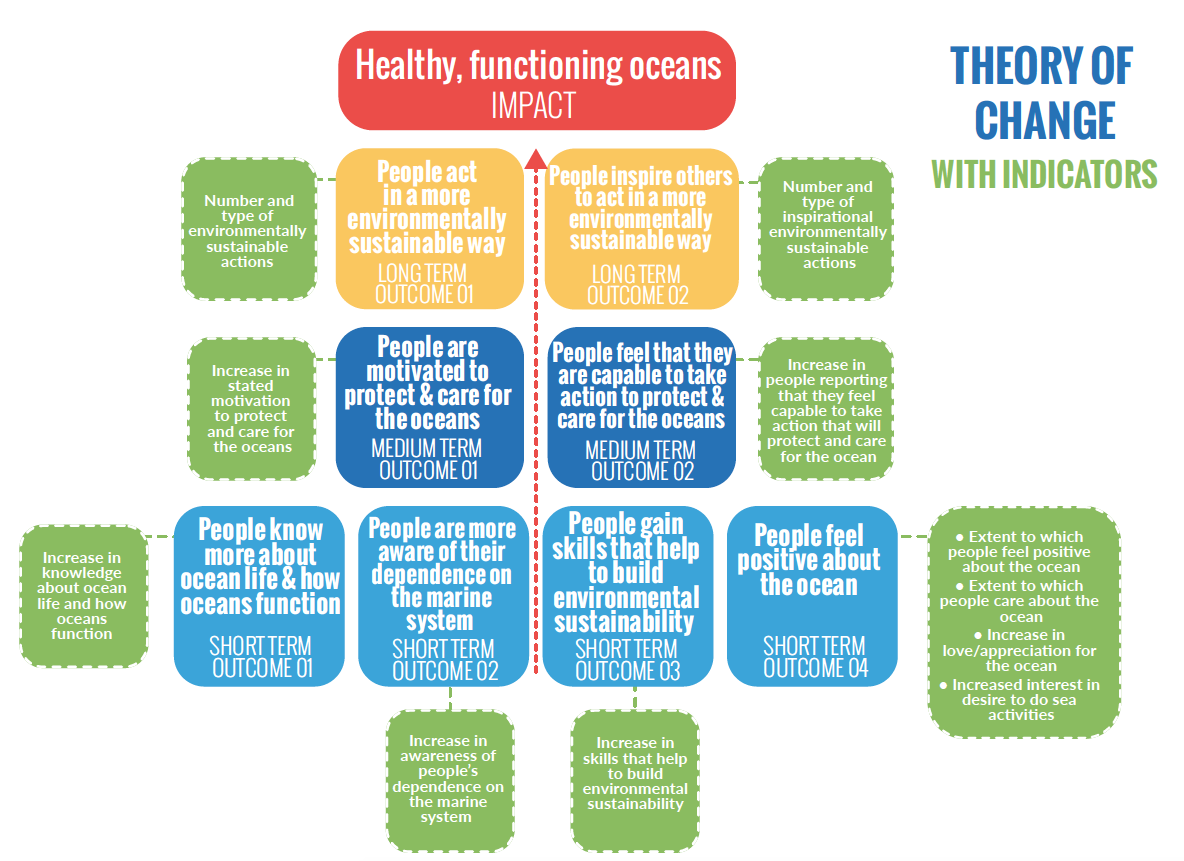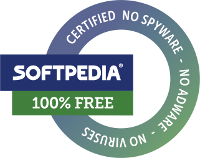5. Monitor change
Knowing if change actually takes place – and taking action by modifying your intervention(s) where necessary – is an important part of ToC thinking. Together with regular testing of assumptions this is also what makes ToC more of a process than just a product in terms of a diagram and a narrative document.
The focus of monitoring is not so much on the intervention itself, but on seeing whether the desired change as described by the outcomes really takes place. If you have a ToC that has identified outcomes on the short, the intermediate and the long term, you can identify indicators on these different levels. As the scope of this change is often larger than the organisation’s outreach (the organisation contributes to change; it cannot entirely be attributed to what the organisation did), monitoring is not so much about the follow-up of activities or measuring outputs. Instead this is more impact monitoring or impact assessment, that often involves information from different actors and sources outside the organisation. That doesn’t necessarily mean that information gathering has to be complex and depend on large scale surveys.
Because your organisation generally only has a specific contribution in the achievement of certain outcomes and the realisation of the final goal, certain things will be under your control and others won’t be. This means that it makes sense to focus your monitoring efforts on the effects that are more or less under your control. Sometimes this is indicated in the ToC chart with a line that indicates the accountability ceiling, or with different areas that indicate your sphere of control, your sphere of influence and your sphere of interest. Of course this doesn’t mean that you are not interested in information about outcomes or context factors that lie outside your control/influence.
The monitoring of change goes hand in hand with the examination of the assumptions. Do they still hold true or not? Does change at one level of the pathway of change indeed support change on a higher level? If this is not the case then the assumption may be false.






Add new comment